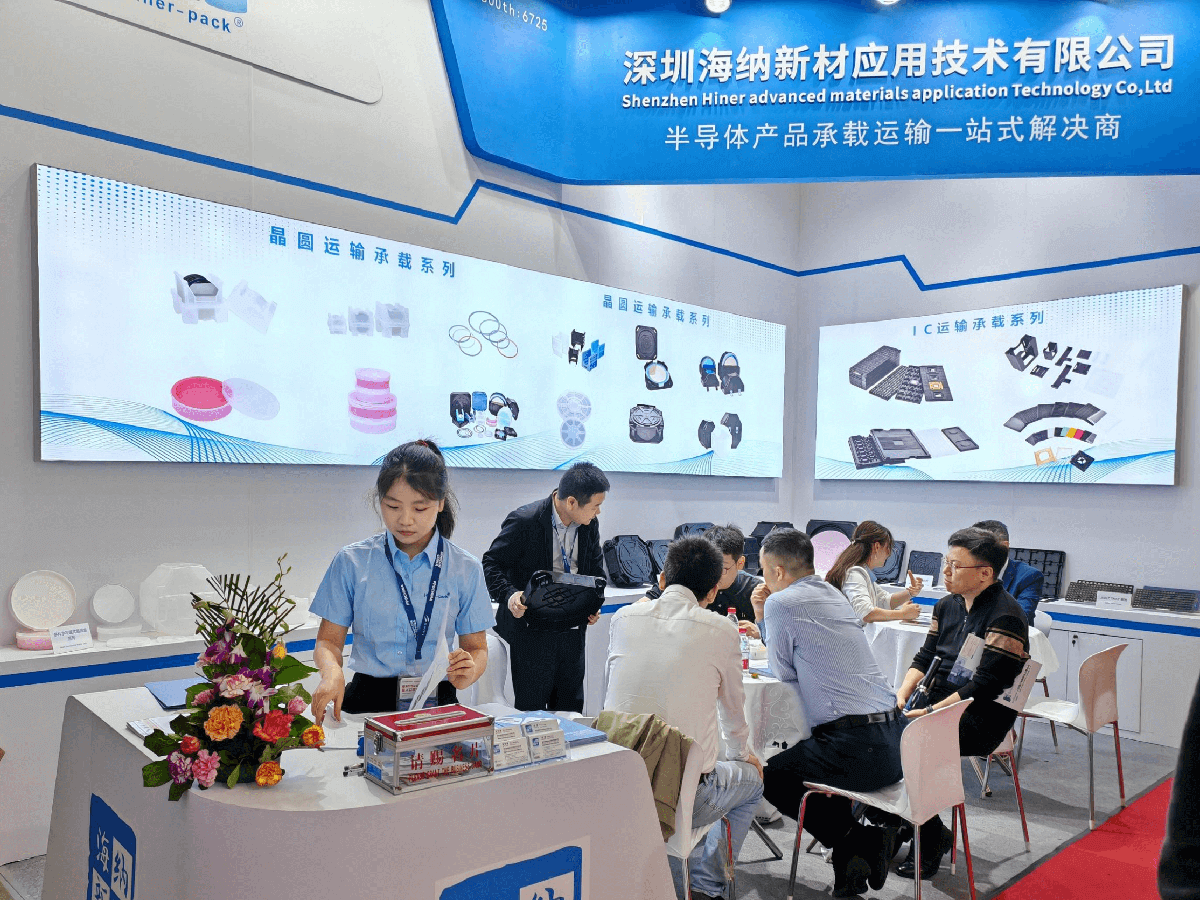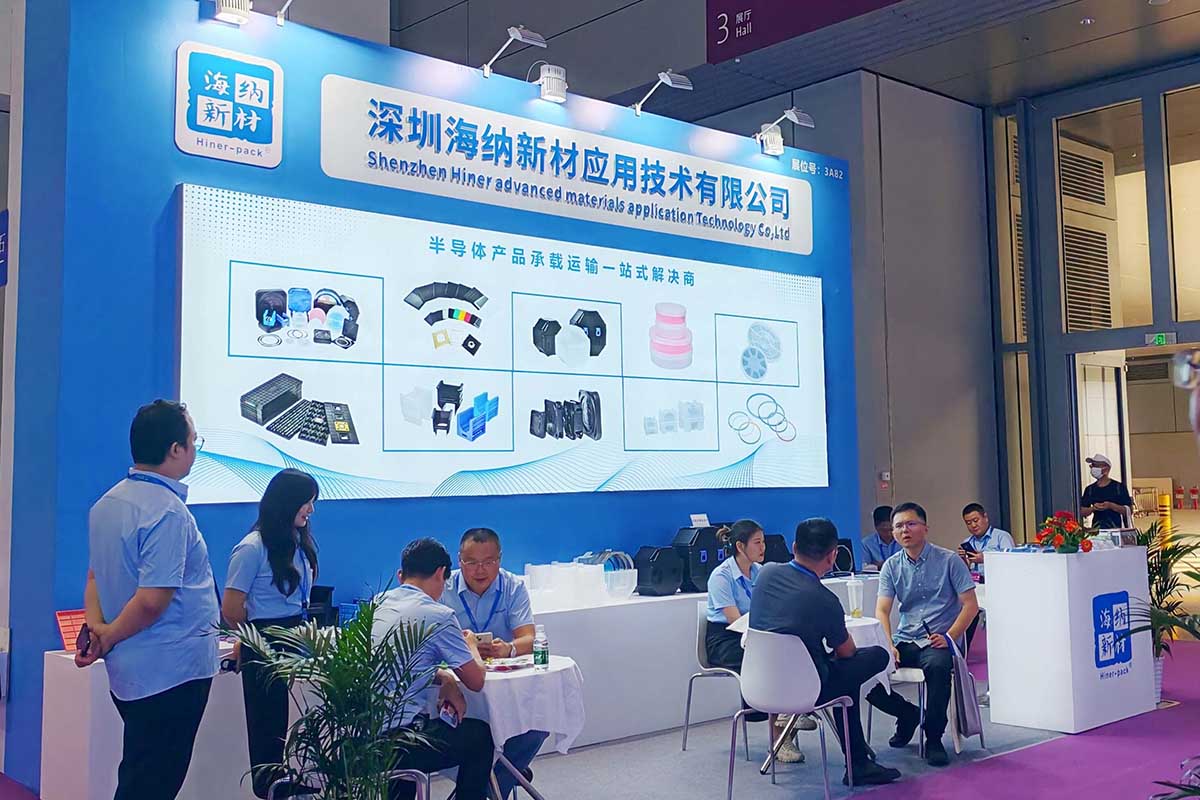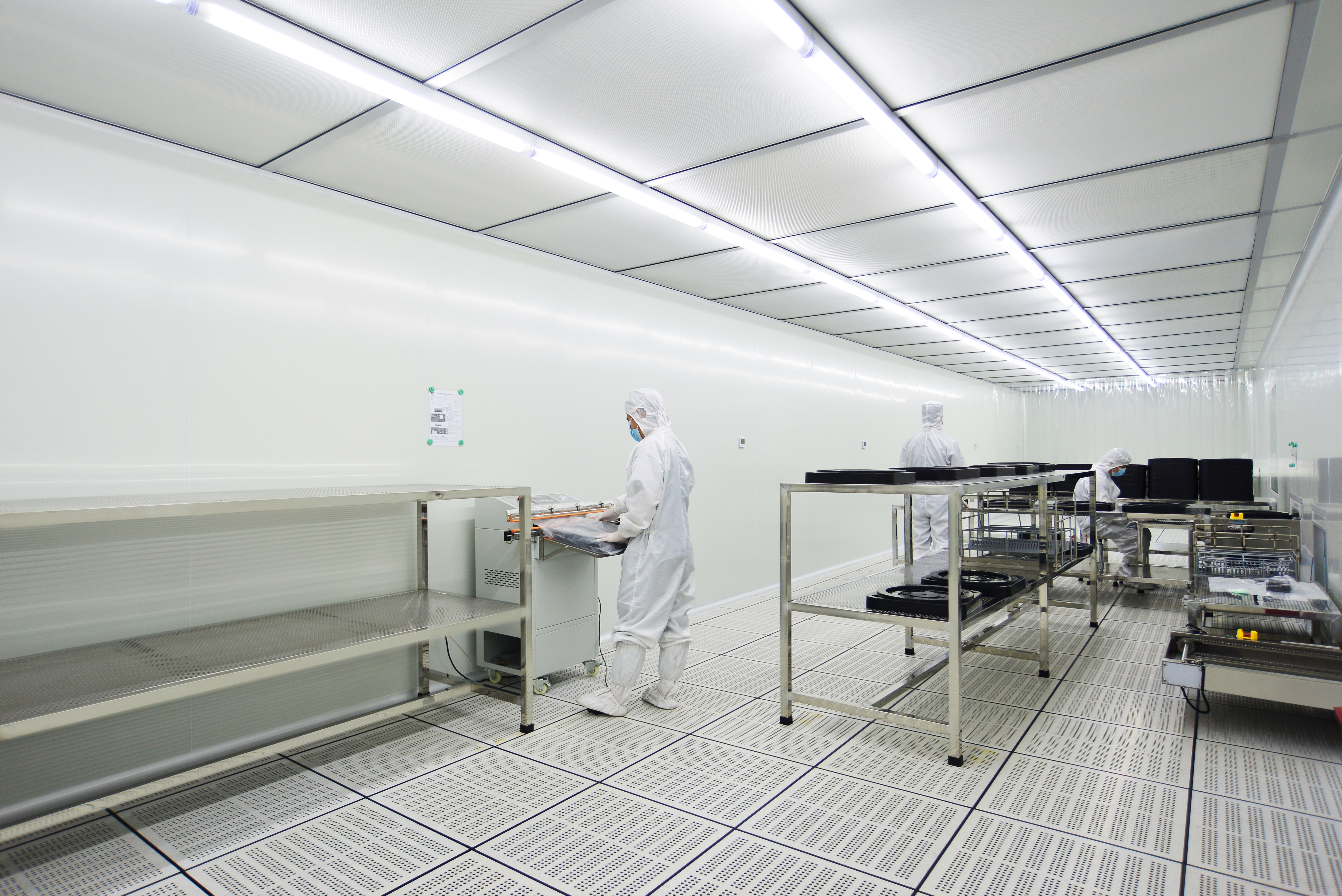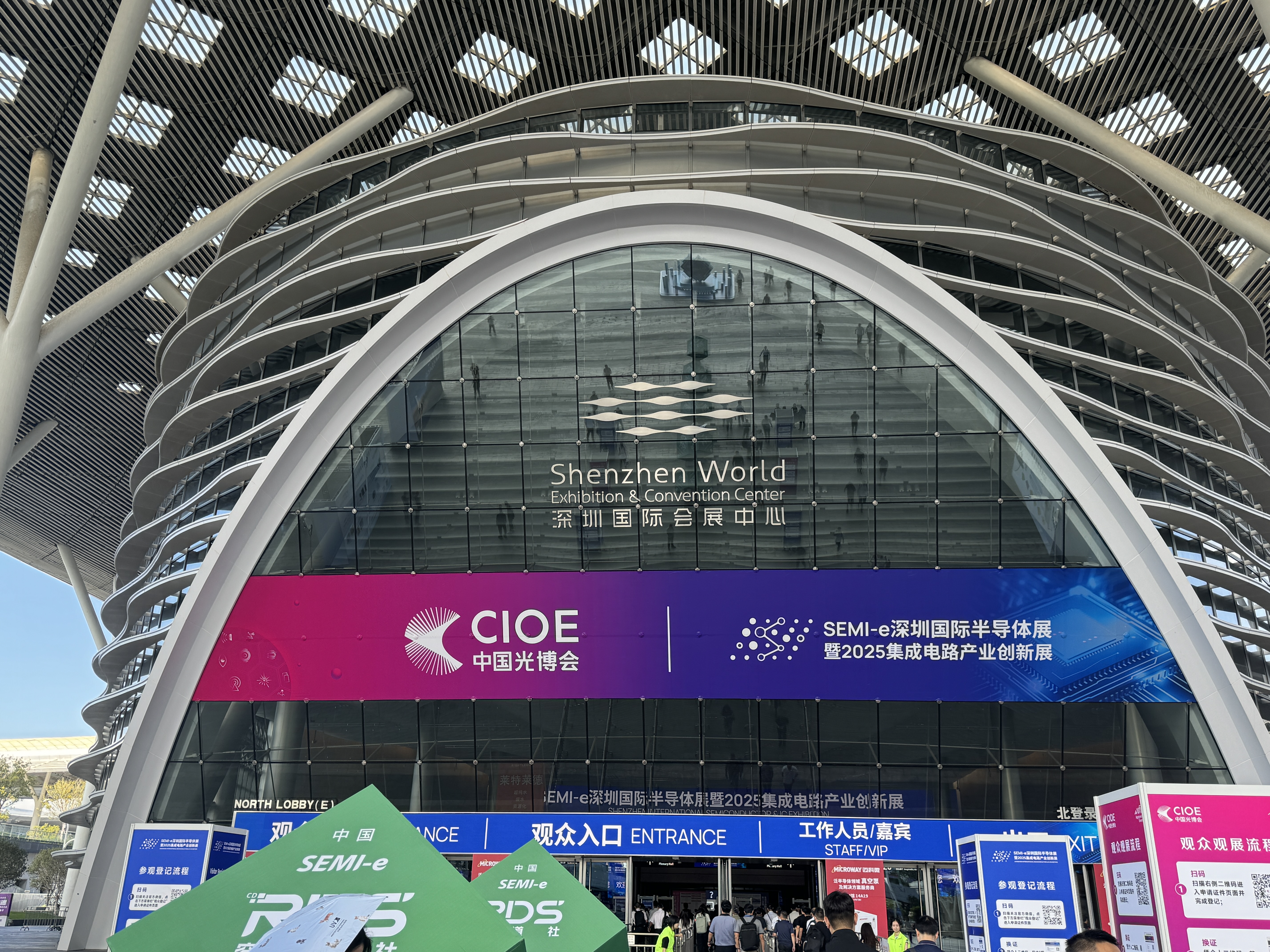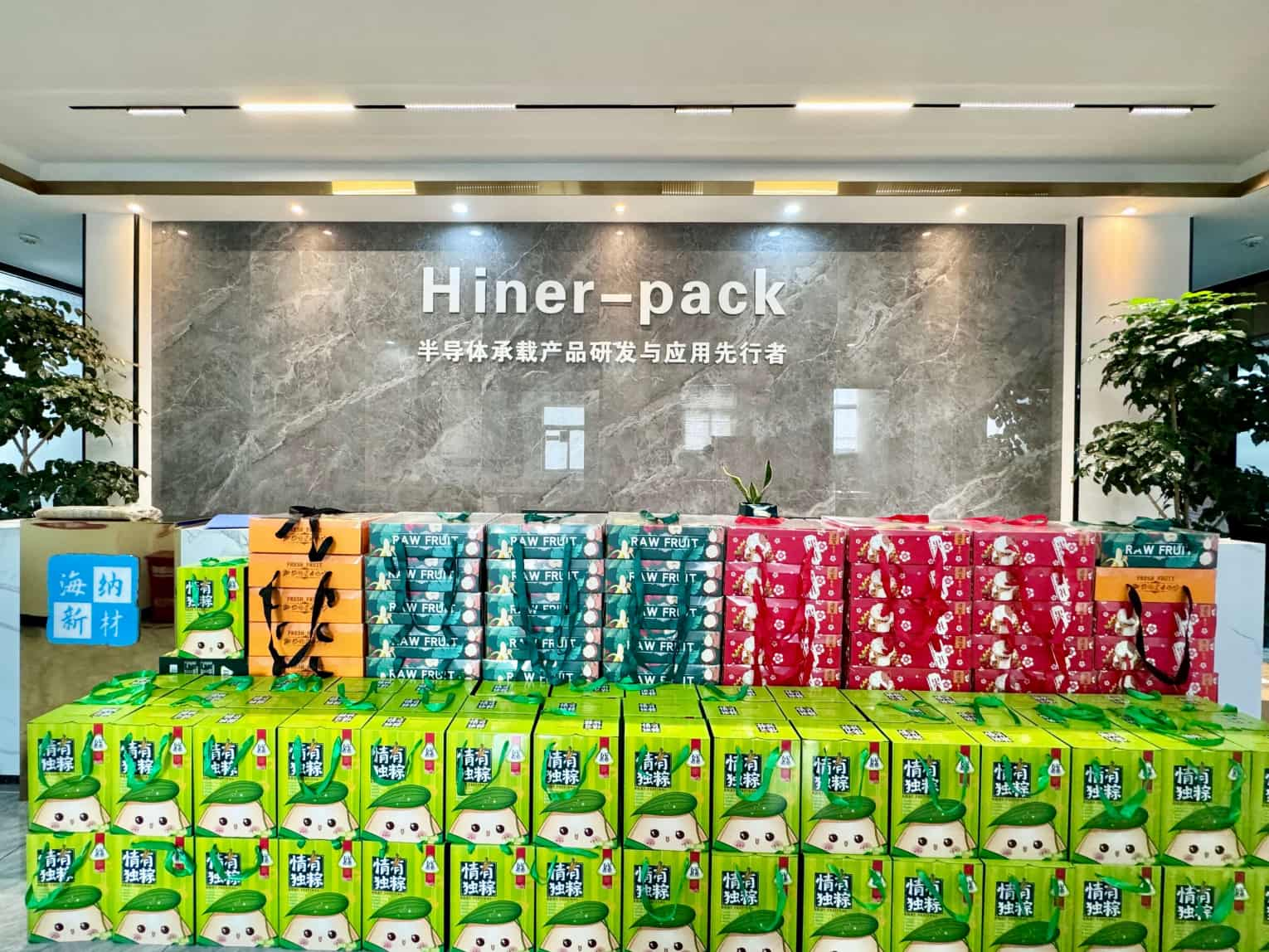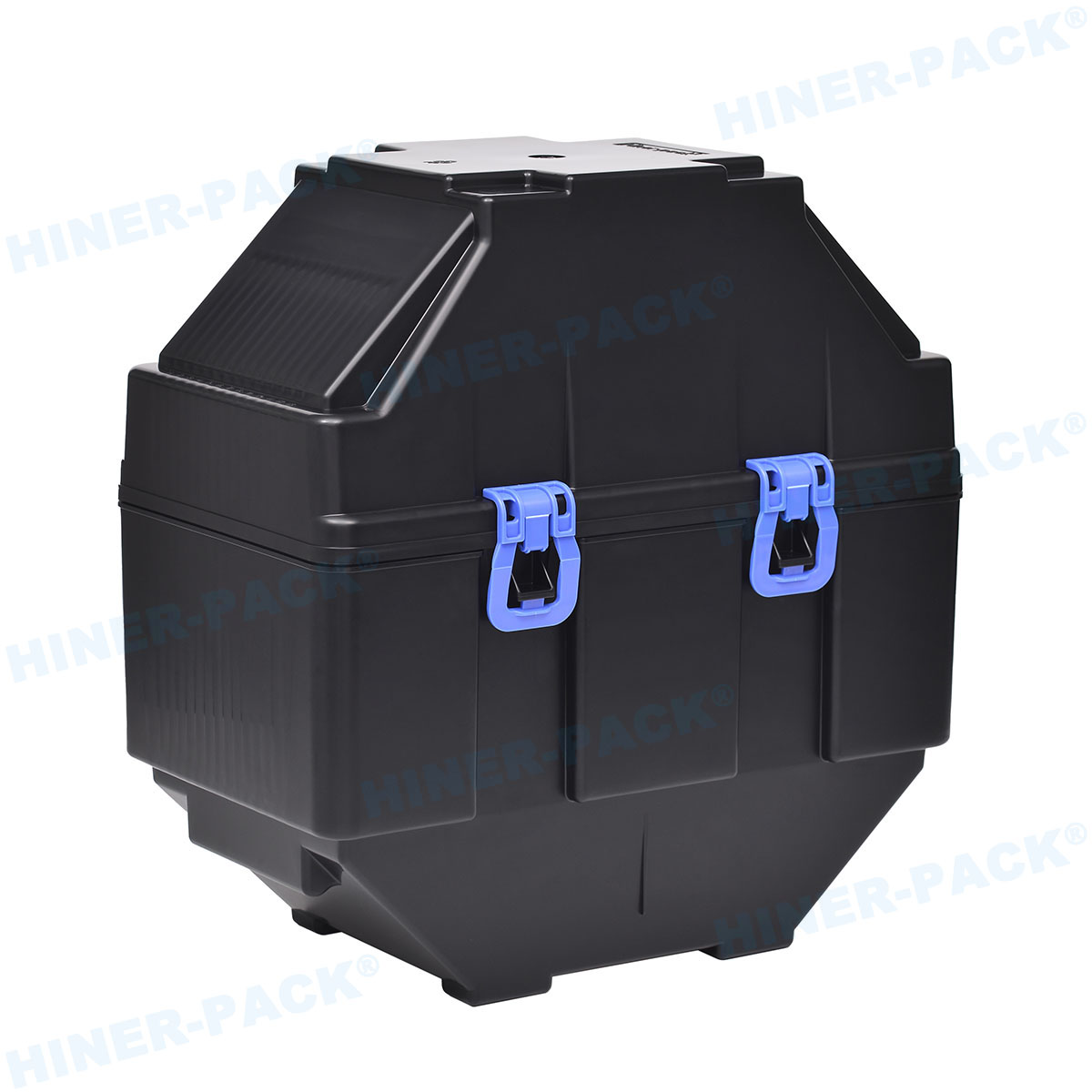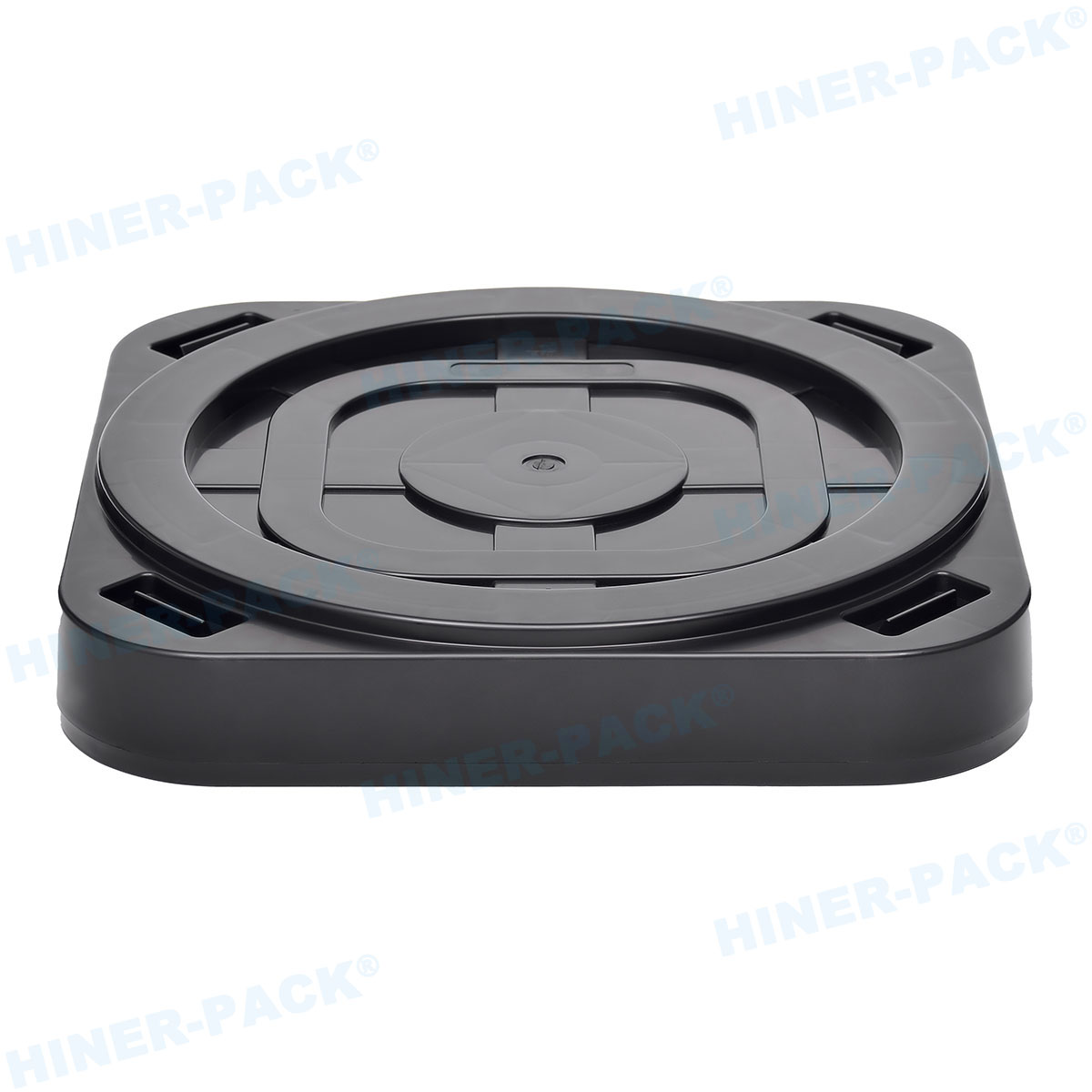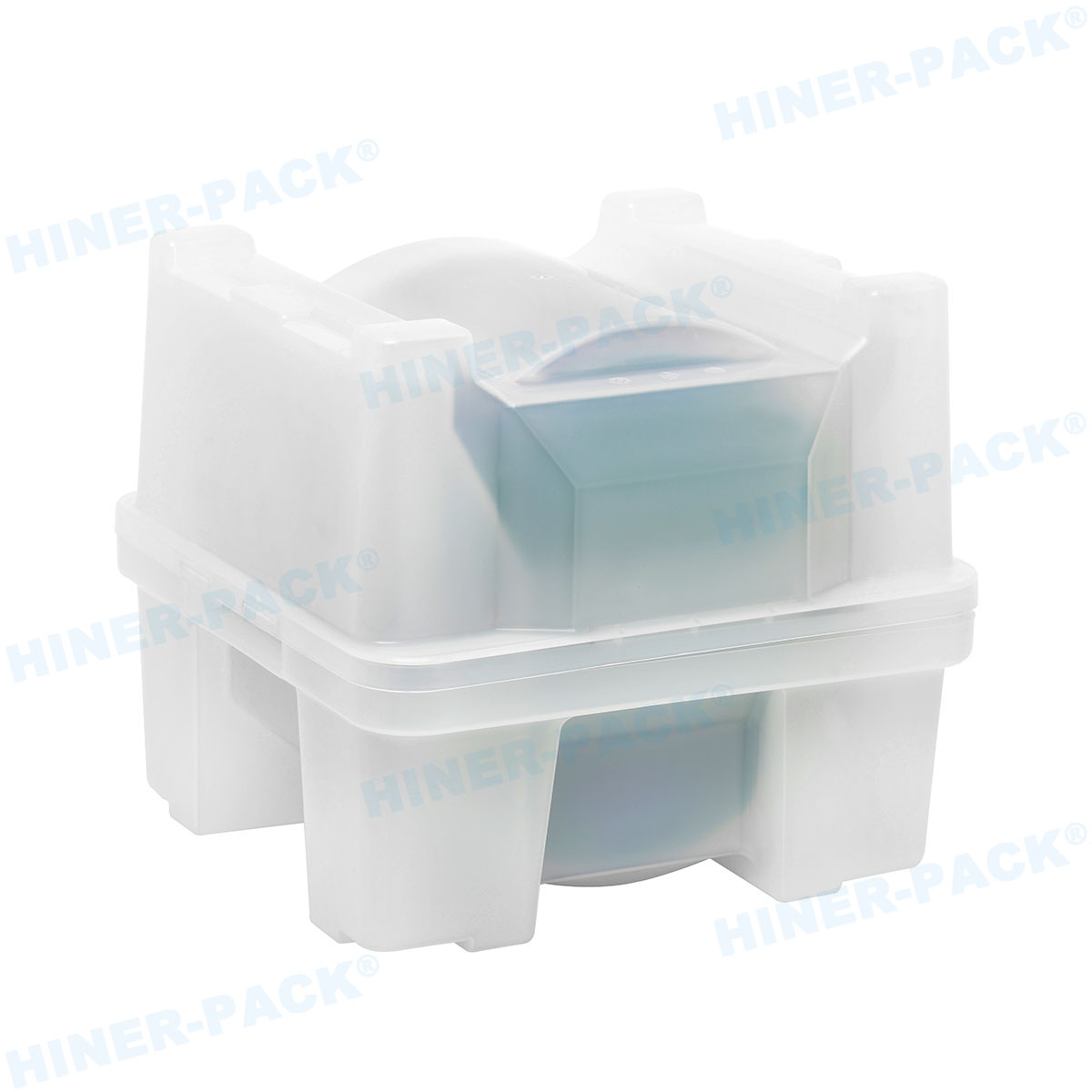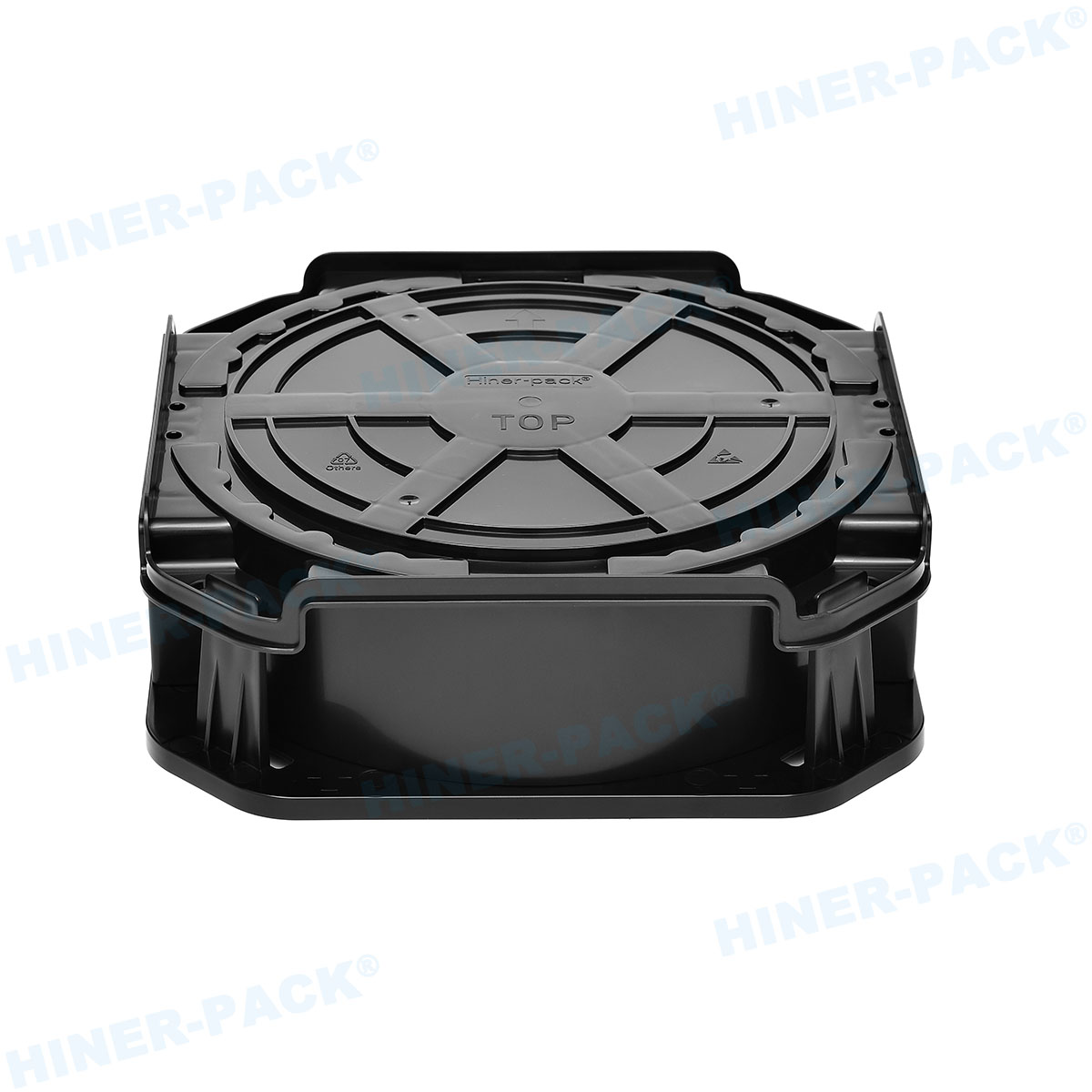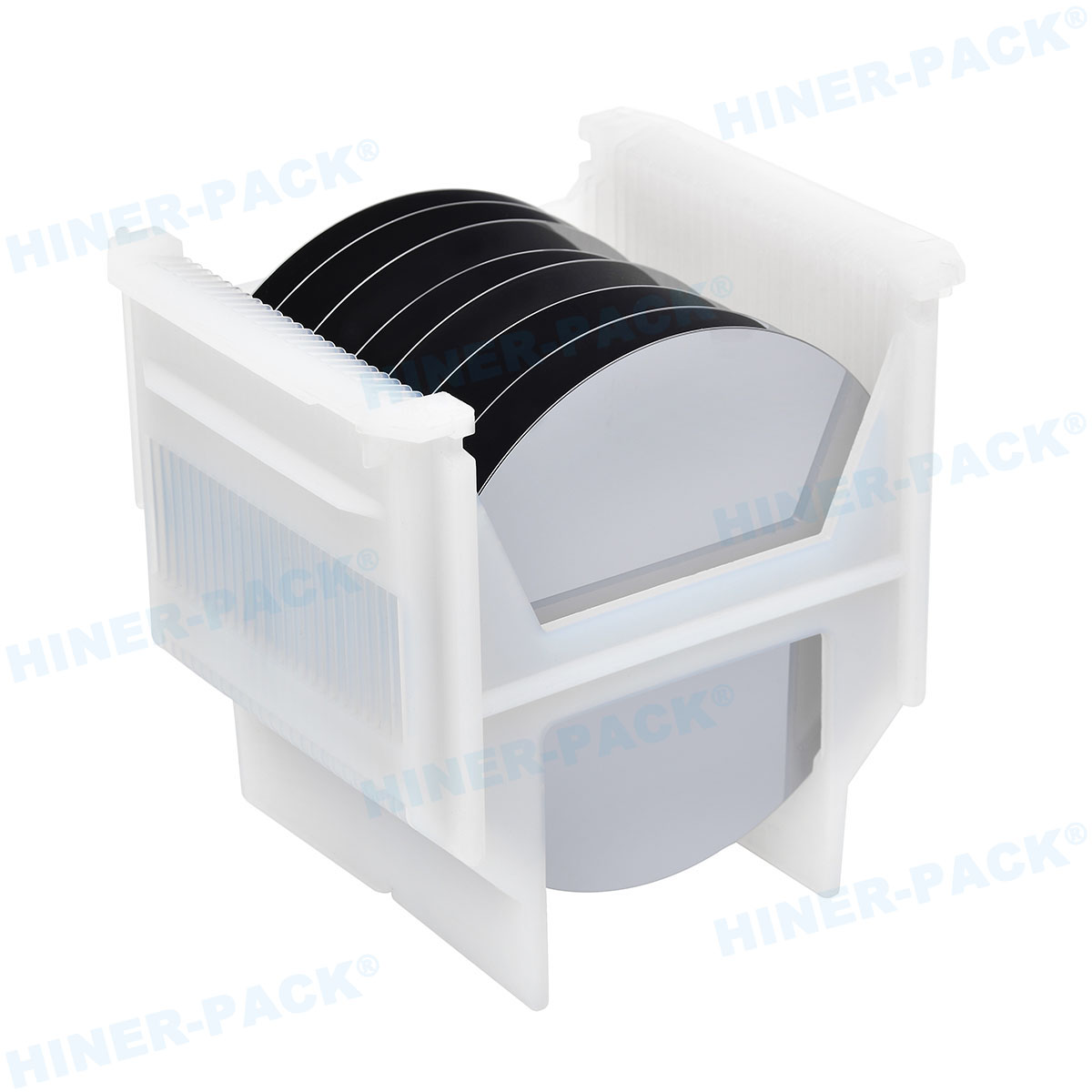In the highly specialized world of semiconductor manufacturing, every component plays a critical role in ensuring precision, efficiency, and yield. Among these components, the 8 wafer cassette stands out as a fundamental tool for handling and transporting silicon wafers. This article delves into the intricacies of the 8 wafer cassette, exploring its design, applications, and benefits in modern electronics production. As the industry continues to evolve with demands for smaller, faster devices, understanding the role of an 8 wafer cassette becomes essential for optimizing processes and minimizing contamination risks. Whether you're involved in fabrication, research, or supply chain management, this piece will provide a comprehensive overview of why the 8 wafer cassette is a cornerstone in semiconductor operations. By the end, you'll have a clear picture of how this tool integrates into broader manufacturing workflows and why it might be the unsung hero in your production line.
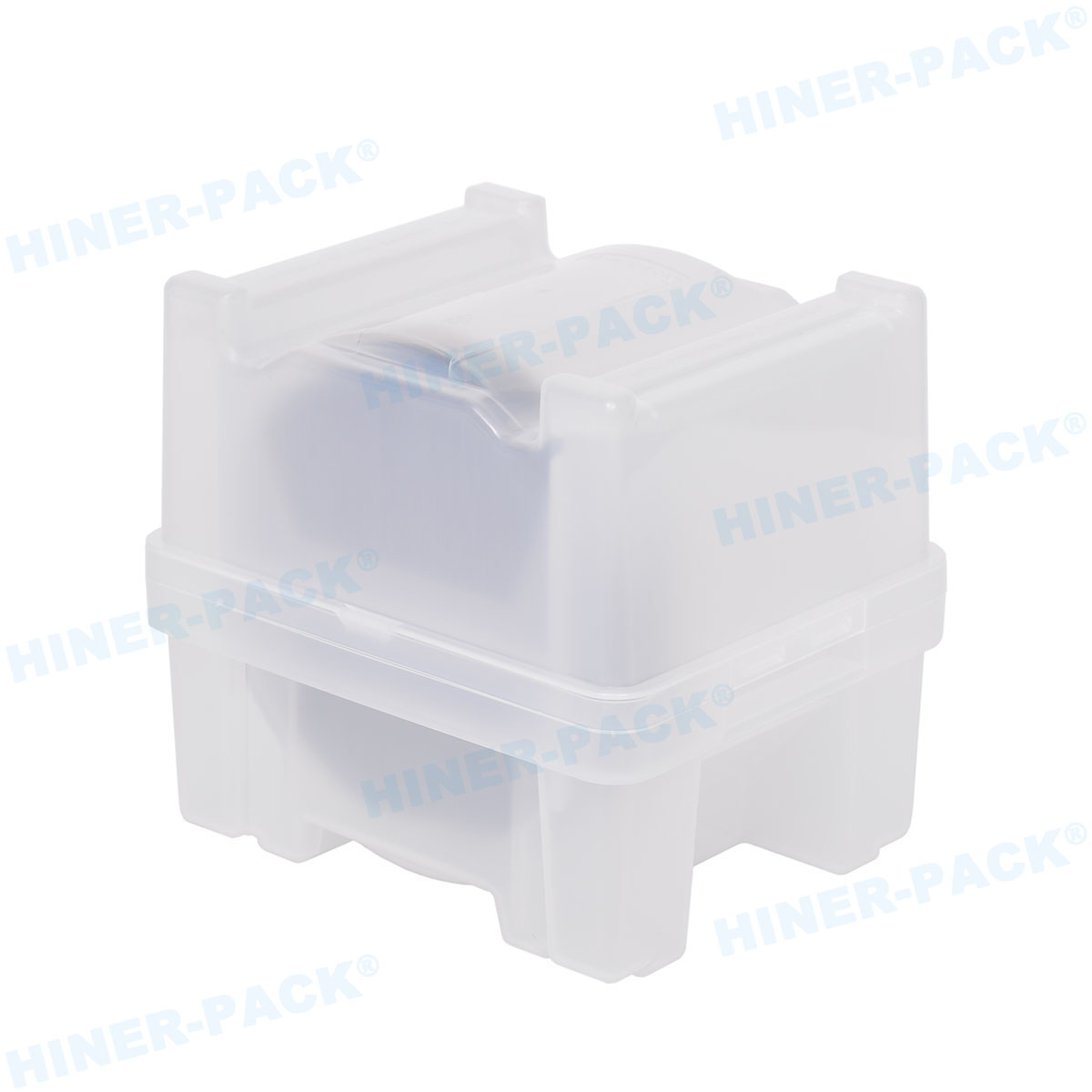
What is an 8 Wafer Cassette?
An 8 wafer cassette is a specialized container designed to hold and protect up to eight silicon wafers during various stages of semiconductor manufacturing. These cassettes are typically made from high-purity materials such as polycarbonate or stainless steel to prevent contamination, which is crucial in environments where even microscopic particles can ruin entire batches. The 8 wafer cassette is engineered with precise slots to securely position each wafer, minimizing the risk of damage from physical contact or static electricity. This design ensures that wafers—often as thin as a human hair—remain intact through processes like etching, doping, and lithography. In essence, the 8 wafer cassette acts as a safeguard, enabling the safe transport and storage of wafers between equipment stations. Its capacity of eight wafers strikes a balance between handling efficiency and space optimization, making it a popular choice in many fabrication facilities. As semiconductor technology advances, the 8 wafer cassette continues to be refined to meet stricter cleanliness standards and higher throughput requirements, underscoring its importance in maintaining product integrity.
Design and Construction of 8 Wafer Cassettes
The design of an 8 wafer cassette is a marvel of engineering tailored to the delicate nature of semiconductor wafers. Typically, these cassettes feature a rigid frame with evenly spaced slots that cradle each wafer without applying excessive pressure. The materials used are selected for their low particulate generation and chemical resistance; common choices include PFA (perfluoroalkoxy) for plastic versions or 316 stainless steel for metal variants, both of which meet industry standards for purity. The 8 wafer cassette often incorporates features like handles for easy manual or robotic handling, as well as alignment notches to ensure proper orientation in automated systems. Additionally, anti-static properties are integrated to prevent electrostatic discharge, which could damage sensitive circuits on the wafers. The dimensions of an 8 wafer cassette are standardized to fit common wafer sizes, such as 200mm or 300mm diameters, allowing for compatibility across different manufacturing tools. This meticulous construction not only protects the wafers but also facilitates smooth integration into production lines, reducing downtime and enhancing overall efficiency. By focusing on durability and precision, manufacturers ensure that the 8 wafer cassette can withstand repeated use in cleanroom environments, where even minor flaws can lead to significant losses.
Applications in Semiconductor Manufacturing
In semiconductor manufacturing, the 8 wafer cassette is indispensable across multiple stages, from wafer fabrication to testing and packaging. During the initial phases, it is used to transport raw wafers through cleaning and oxidation processes, where the cassette's design helps maintain a contaminant-free environment. In diffusion and ion implantation steps, the 8 wafer cassette allows for batch processing, enabling multiple wafers to be treated simultaneously without manual handling, thus reducing the risk of human error. Photolithography, a critical step for patterning circuits, relies on the 8 wafer cassette to feed wafers into exposure tools, ensuring precise alignment and minimal vibration. Later, in etching and deposition stages, the cassette supports the wafers as they undergo chemical or physical transformations, with its material composition resisting corrosion from aggressive chemicals. The 8 wafer cassette also plays a role in metrology and inspection, where wafers are moved to measurement equipment for quality checks. By streamlining these workflows, the 8 wafer cassette contributes to higher throughput and yield, making it a vital component in facilities producing everything from microprocessors to memory chips. Its versatility extends to research and development labs, where it aids in prototyping new semiconductor designs under controlled conditions.
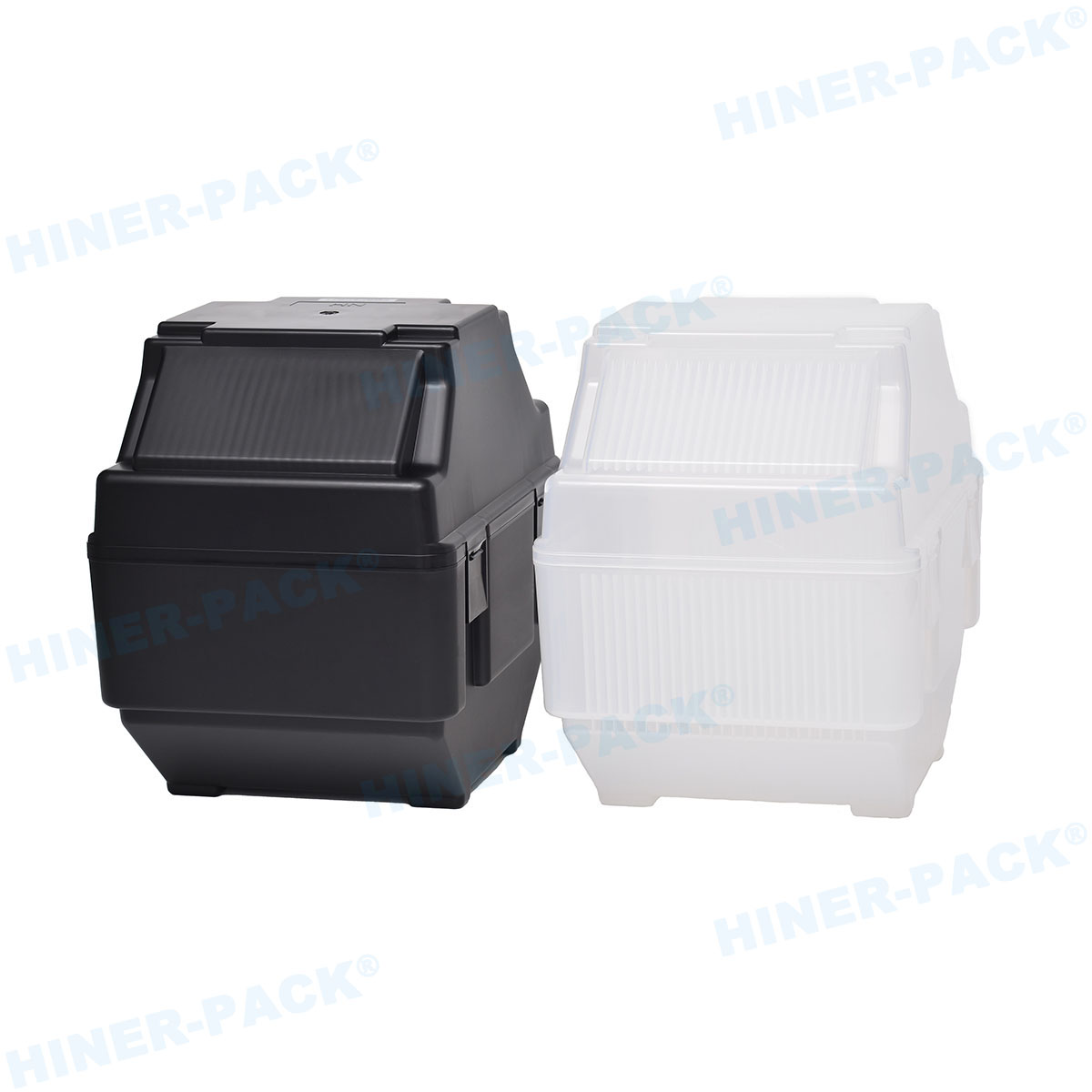
Advantages of Using 8 Wafer Cassettes
The adoption of an 8 wafer cassette in semiconductor processes offers numerous advantages that enhance operational efficiency and product quality. First, its capacity of eight wafers provides an optimal balance between load size and handling ease, allowing for efficient batch processing without overburdening robotic systems. This can lead to reduced cycle times and increased throughput in high-volume manufacturing. Second, the 8 wafer cassette is designed for compatibility with standard automated equipment, minimizing the need for custom adaptations and lowering overall costs. Third, its robust construction and contamination-resistant materials help maintain wafer integrity, leading to higher yields and fewer defects. For instance, using an 8 wafer cassette can reduce particle contamination by up to 50% compared to less specialized containers, according to industry studies. Fourth, the cassette's ergonomic features, such as lightweight designs and secure grips, improve safety for operators and reduce the likelihood of accidents. Finally, the 8 wafer cassette supports scalability, as it can be easily integrated into existing production lines alongside other cassette sizes, facilitating flexible manufacturing strategies. These benefits collectively make the 8 wafer cassette a cost-effective and reliable solution for semiconductor companies aiming to stay competitive in a fast-paced market.
Comparison with Other Wafer Cassette Sizes
When evaluating wafer cassettes, it's important to compare the 8 wafer cassette with other common sizes, such as 4, 12, or 25 wafer cassettes, to understand its niche. The 4 wafer cassette, for example, is often used in low-volume or research settings where handling smaller batches is sufficient, but it lacks the efficiency of the 8 wafer cassette for medium-scale production. On the other hand, the 12 wafer cassette offers higher capacity, which might seem advantageous for maximizing throughput, but it can be bulkier and more prone to causing stress on wafers due to increased weight. The 8 wafer cassette strikes a middle ground, providing a practical solution that balances capacity with maneuverability, making it ideal for many standard fabrication lines. In terms of cost, the 8 wafer cassette is generally more affordable than larger cassettes while offering better space utilization than smaller ones. Additionally, compatibility with equipment varies; the 8 wafer cassette is widely supported by most automated systems, whereas larger cassettes might require specialized handlers. This comparison highlights why the 8 wafer cassette remains a popular choice—it delivers a sweet spot of performance, cost, and flexibility that suits a broad range of semiconductor applications.
Maintenance and Best Practices for 8 Wafer Cassettes
Proper maintenance of an 8 wafer cassette is crucial for ensuring longevity and preventing contamination in semiconductor processes. Regular cleaning is essential; this typically involves using ultra-pure water and isopropyl alcohol in a controlled environment to remove residues and particles. For plastic 8 wafer cassettes, ultrasonic cleaning might be employed, while metal versions may undergo passivation to restore corrosion resistance. Inspection should be routine, with checks for cracks, warping, or slot damage that could compromise wafer safety. Storage of the 8 wafer cassette should be in clean, dry conditions, preferably in sealed containers to avoid exposure to airborne contaminants. Handling best practices include using gloves and cleanroom attire to minimize human-induced contamination, and employing automated systems where possible to reduce physical contact. Additionally, tracking the usage history of each 8 wafer cassette can help in scheduling replacements before wear leads to failures. By adhering to these guidelines, companies can extend the life of their 8 wafer cassette inventory and maintain high standards of production quality, ultimately protecting their investment and supporting consistent output.
Future Trends in 8 Wafer Cassette Technology
As semiconductor technology advances, the 8 wafer cassette is evolving to meet new challenges and opportunities. One emerging trend is the integration of smart features, such as RFID tags or sensors, into the 8 wafer cassette to enable real-time tracking of wafers and environmental conditions. This can enhance traceability and reduce losses in complex supply chains. Another development is the use of advanced materials, like carbon-fiber composites, to make the 8 wafer cassette lighter and more durable without sacrificing purity. With the industry shifting toward larger wafer sizes, such as 450mm, adaptations of the 8 wafer cassette concept are being explored, though current versions remain optimized for 200mm and 300mm wafers. Sustainability is also becoming a focus, with efforts to design recyclable or reusable 8 wafer cassette models that reduce waste. Furthermore, as automation and IoT (Internet of Things) gain traction, the 8 wafer cassette may become part of interconnected systems that optimize entire production lines dynamically. These innovations promise to keep the 8 wafer cassette relevant in an increasingly competitive landscape, driving efficiencies and supporting the next generation of electronic devices.
In conclusion, the 8 wafer cassette is a vital component in semiconductor manufacturing, offering a blend of efficiency, protection, and compatibility that makes it indispensable. From its precise design to its broad applications and ongoing innovations, this tool plays a key role in ensuring high yields and reliable performance. By understanding its features and best practices, industry professionals can leverage the 8 wafer cassette to enhance their operations and stay ahead in the dynamic world of technology.
Frequently Asked Questions (FAQ)
Q1: What is the primary purpose of an 8 wafer cassette?
A1: The primary purpose of an 8 wafer cassette is to safely hold, transport, and store up to eight silicon wafers during semiconductor manufacturing processes, protecting them from contamination, physical damage, and electrostatic discharge.
Q2: How does an 8 wafer cassette differ from a 12 wafer cassette?
A2: An 8 wafer cassette holds fewer wafers than a 12 wafer cassette, making it lighter and easier to handle, which can reduce stress on wafers and equipment. It is often preferred for medium-scale production where balance between capacity and efficiency is key, whereas a 12 wafer cassette is used for higher throughput but may require more robust handling systems.
Q3: What materials are commonly used in manufacturing an 8 wafer cassette?
A3: Common materials for an 8 wafer cassette include high-purity plastics like PFA or polycarbonate, and metals such as stainless steel. These materials are chosen for their low particulate generation, chemical resistance, and ability to meet cleanroom standards.
Q4: Can an 8 wafer cassette be reused, and if so, how should it be maintained?
A4: Yes, an 8 wafer cassette is typically reusable. Maintenance involves regular cleaning with appropriate solvents like isopropyl alcohol, inspection for damage, and storage in clean environments to prevent contamination. Proper handling and tracking can extend its lifespan.
Q5: Why is the 8 wafer cassette considered efficient in semiconductor production?
A5: The 8 wafer cassette is considered efficient because it allows for batch processing of wafers, reducing handling time and minimizing the risk of errors. Its design supports automation, compatibility with standard equipment, and optimal capacity that balances throughput with practical handling, leading to improved productivity and yield.



